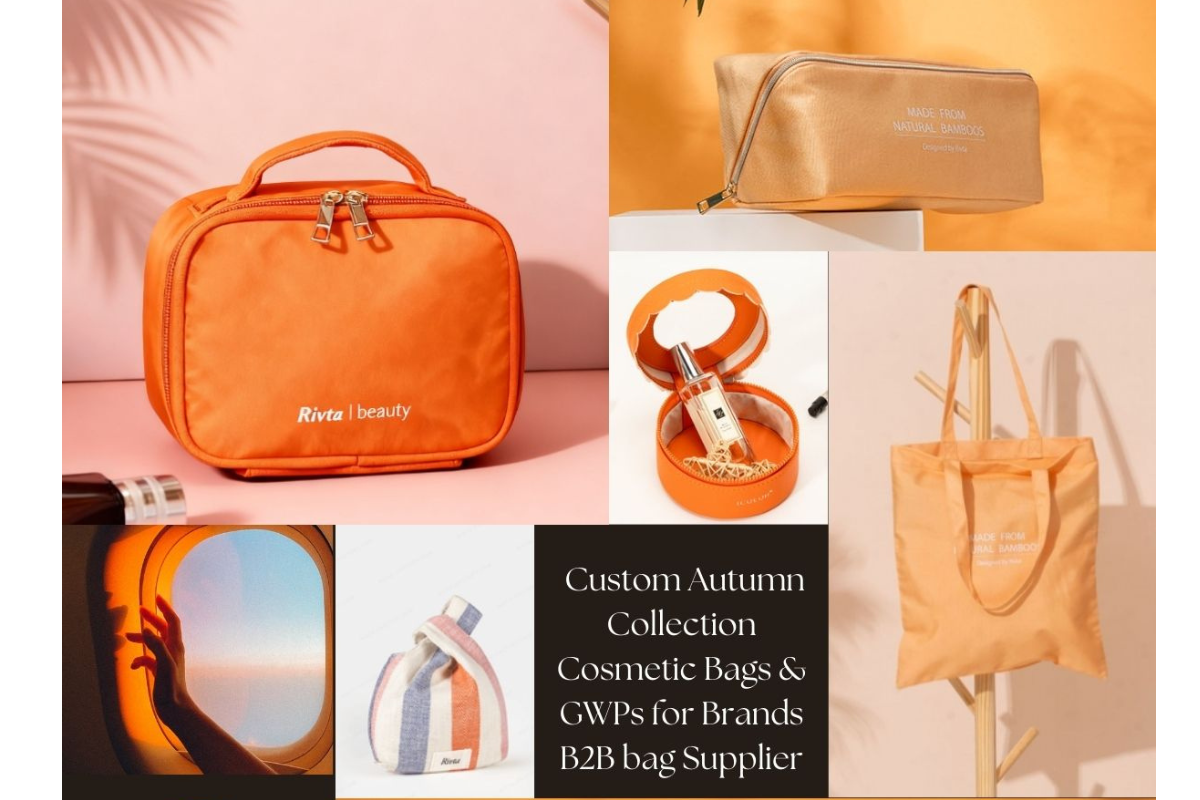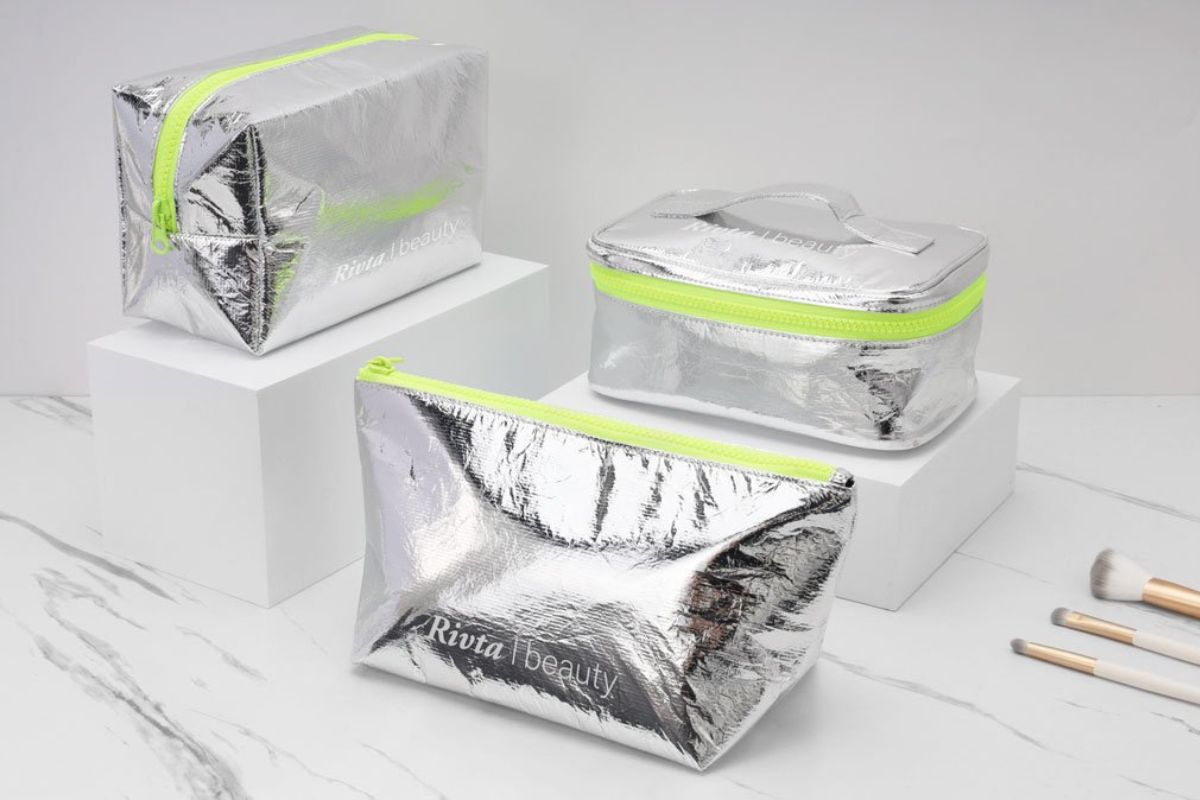From Idea to Inventory: The Complete Guide to Private Labeling Makeup Bags?
You have a great idea for a makeup bag, but the path to a real product seems complex. Sourcing and production can be overwhelming. This guide simplifies the process.
To private label makeup bags, you must define your concept, choose materials and features, design your branding, and select a reliable manufacturer. The process requires clear specifications, consistent communication, and careful management of production and costs to create a product that represents your brand perfectly.
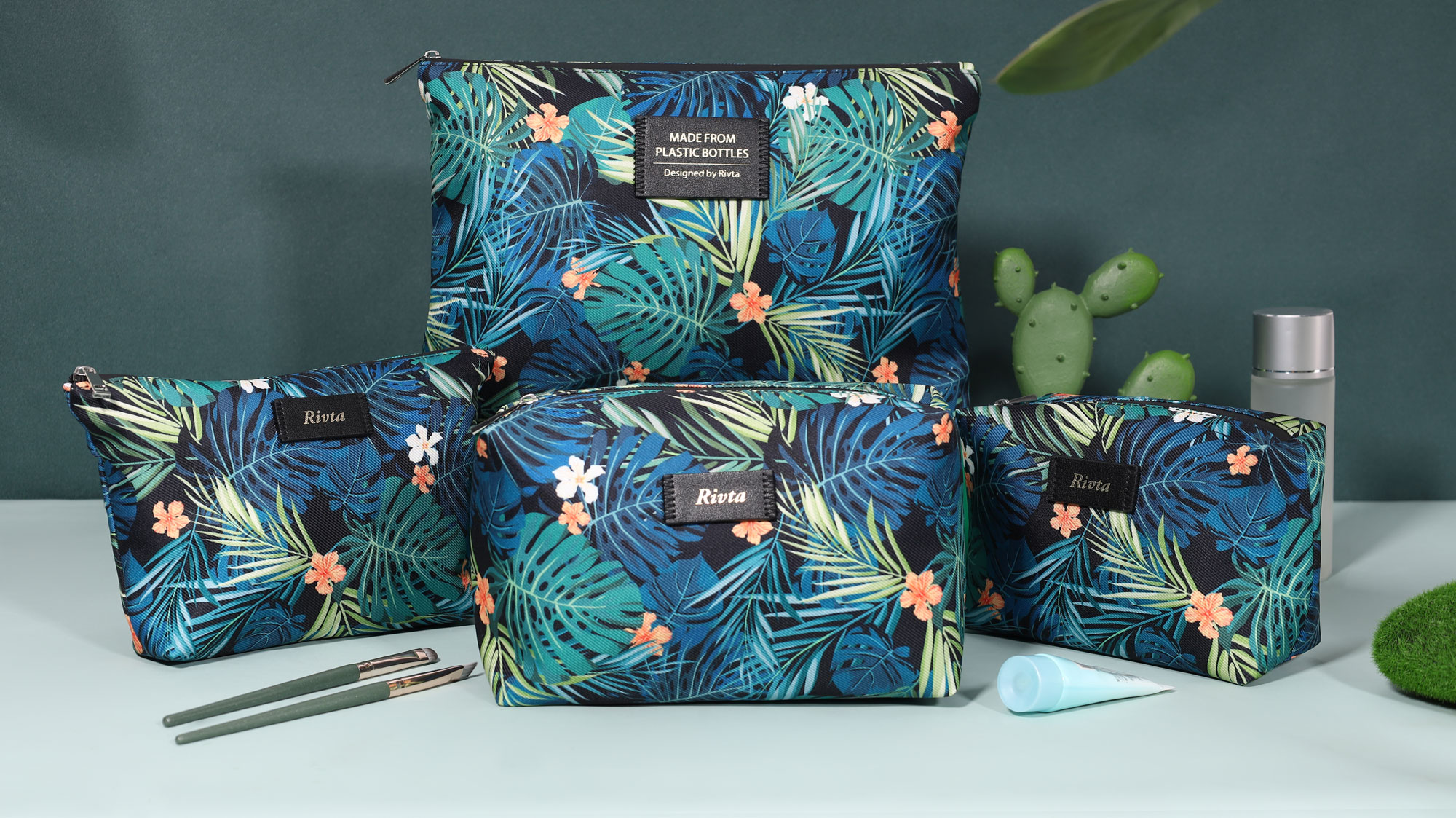
The journey from a simple sketch to a pallet of finished goods in your warehouse can feel massive. I've seen many project managers, like a client of mine named Phoebe, feel this pressure. She works for a major personal care brand in the US and needs every launch to be perfect. The key isn't just having a great idea. It's about having a great process. A clear, step-by-step plan makes everything manageable and even enjoyable. This guide gives you that plan so you can move forward with confidence. Let’s break it down together.
How do you turn your concept into a market-ready makeup bag?
Your bag concept is just an idea on paper, and making it real seems difficult. Defining the exact size, function, and audience can be tricky. Start by creating a detailed brief.
Transform your concept by creating a detailed brief or "tech pack." This document should include sketches, precise dimensions, a target audience profile, and key desired features. It ensures your manufacturer understands your vision, minimizing errors and streamlining the sample process.
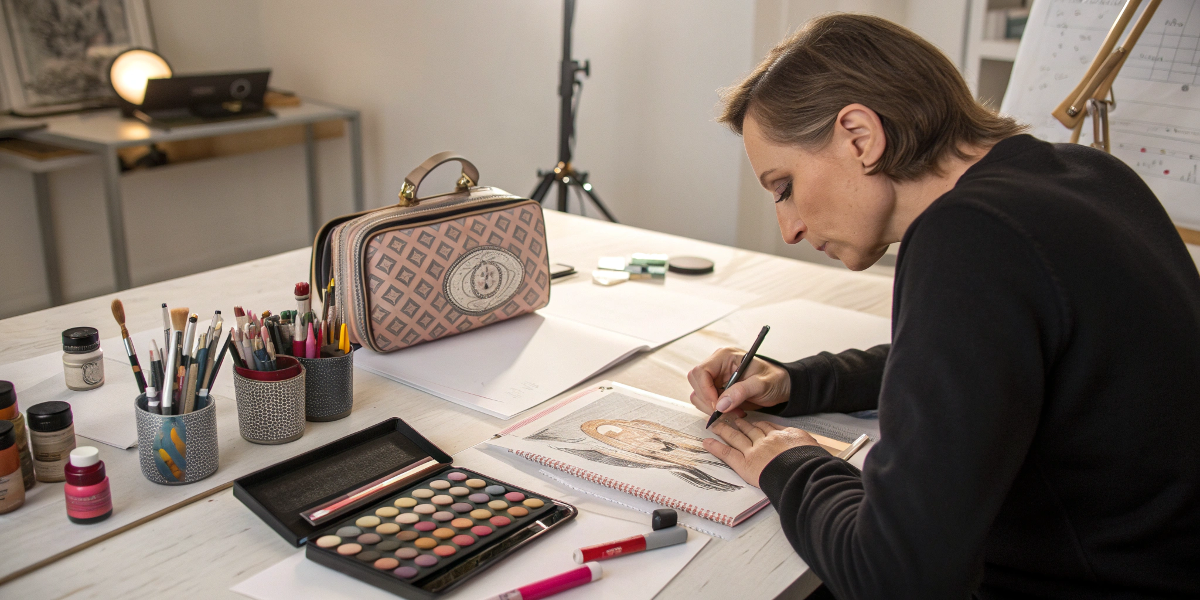
A great makeup bag starts with a crystal-clear vision. Your manufacturer can't read your mind, so a detailed brief is your most important tool. I remember when Phoebe first came to us. She had a concept for a travel bag that was both stylish and functional. The first thing we did was work with her to build a comprehensive tech pack. This document acts as the blueprint for your product. You need to include everything from the bag's purpose to its final look. Think about who will use this bag. Is it for a professional makeup artist or for daily use? This answer shapes every decision. Your brief should be a living document that guides the entire project from start to finish.
Key Elements of Your Product Brief
A strong brief leaves no room for confusion. It should include:
- Sketches or Mockups: Visuals are essential. Provide drawings from multiple angles.
- Dimensions: Specify the length, width, and height.
- Functional Requirements: How many pockets? Does it need a waterproof lining or special dividers?
- Target Audience: Describe your ideal customer. This helps us suggest the right materials and features.
Here is a simple table to help you structure your thoughts:
| Component | Description | Example |
|---|---|---|
| Concept | The main idea behind the bag | "A compact, eco-friendly bag for daily essentials" |
| Dimensions | Exact measurements in cm or inches | 20cm (L) x 12cm (W) x 10cm (H) |
| Functionality | Specific features the bag must have | Waterproof lining, 3 internal pockets, zip closure |
| Target User | Who you are selling to | Environmentally conscious women, aged 25-40 |
How do you choose the right materials and features for your brand?
Choosing from endless material options is difficult. The wrong choice can misrepresent your brand or fail to meet customer expectations. Focus on materials that match your brand's values and your product's function.
Select materials based on your brand identity, target price, and desired function. For a luxury feel, use vegan leather or velvet. For eco-conscious brands, recycled polyester (rPET) or organic cotton are great. Features like zippers and pockets should support the bag’s primary use.
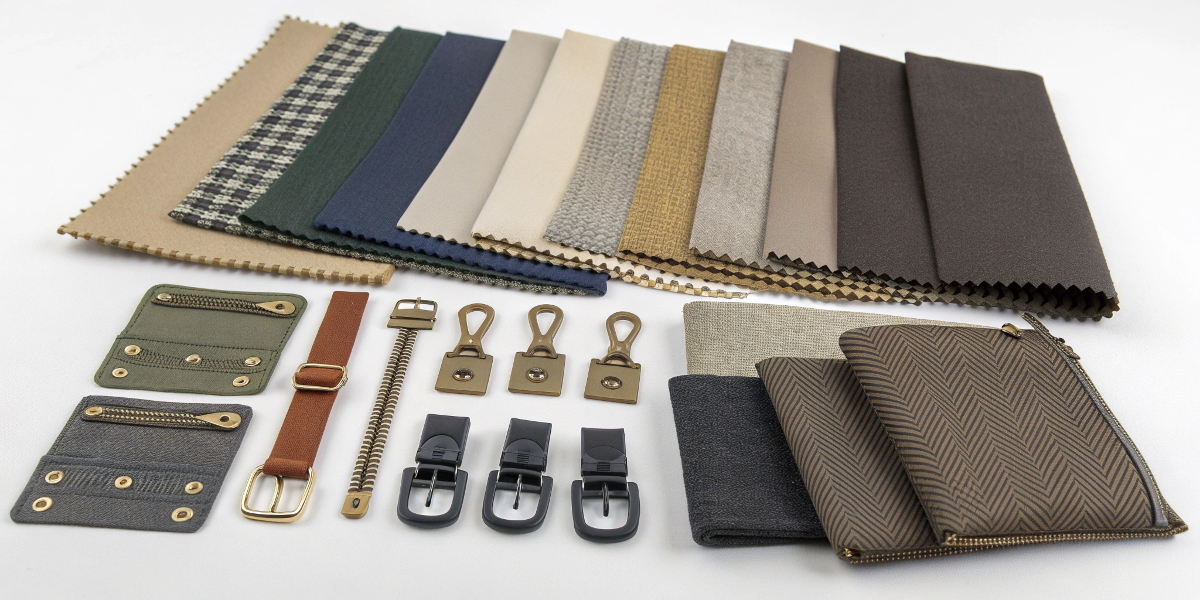
The materials you choose say everything about your brand. As a factory committed to our "Crafted with Care, Green Future" mission, this is a part of the process I love. We guide clients like Phoebe to find the perfect match for their brand story. If your brand is about sustainability, we look at innovative options like recycled fabrics or biodegradable materials. We were one of the first factories in our area to promoter these materials. If you're building a luxury brand, the feel of the fabric is critical. We might suggest a soft, plush velvet or a high-quality PU leather that feels just like the real thing. It’s about creating a tactile experience that connects with your customer. Don't forget the small details. The right zipper or a custom puller can elevate the entire product.
Material Options Overview
Your choice depends on aesthetics, durability, and cost. Here's a breakdown to help you decide.
| Material Type | Best For | Pros | Cons |
|---|---|---|---|
| Recycled (rPET) | Eco-conscious brands | Sustainable, durable, water-resistant | Can have a synthetic feel |
| Organic Cotton | Natural, minimalist brands | Soft, biodegradable, premium look | Can stain easily, less water-resistant |
| PU Leather | Brands wanting a luxe, cruelty-free look | Looks like real leather, easy to clean | Less breathable than natural fabrics |
| Velvet | Premium, gift-focused brands | Luxurious feel, rich colors | Can be delicate, attracts lint |
Must-Have Features
Consider what makes a makeup bag truly useful:
- Lining: A wipe-clean or waterproof lining is almost always a good idea.
- Compartments: Pockets and dividers help with organization.
- Closure: Sturdy zippers are a must. Magnetic snaps can work for some designs.
How do you apply custom branding and packaging?
Your bag needs to stand out, but adding your logo can seem complicated. You worry it won't look professional or be consistent with your brand. Choose a branding method that fits your material and design.
For custom branding, you can choose from screen printing, embroidery, heat transfer, or embossed labels. Your choice depends on your logo's complexity and the bag's material. Packaging, like custom dust bags or boxes, enhances the unboxing experience and protects the product.
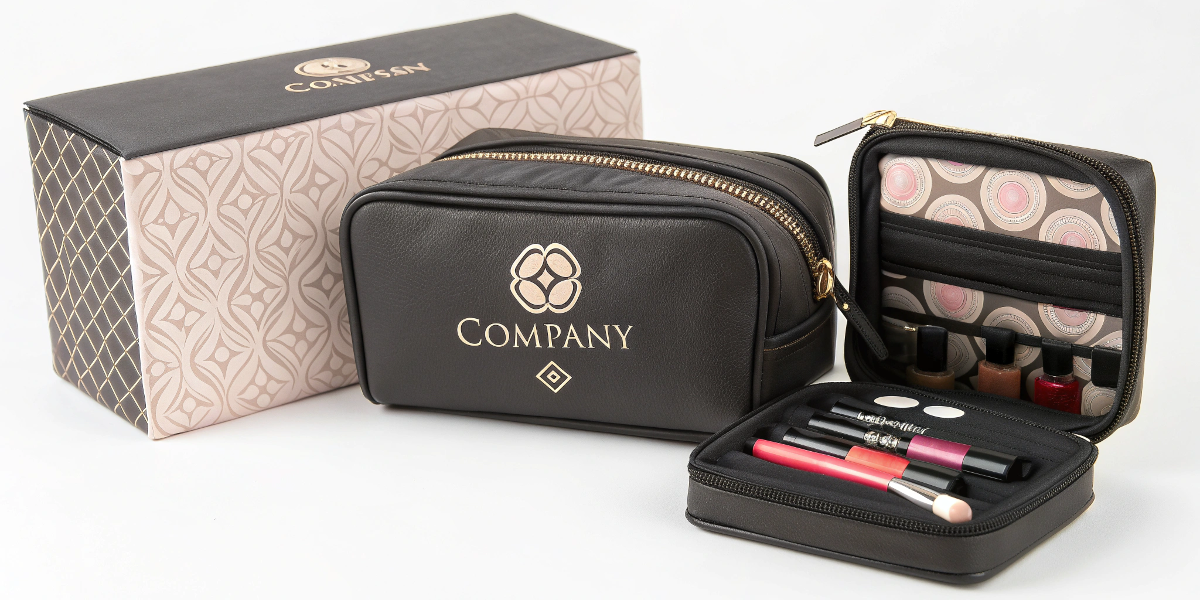
Branding turns a generic bag into your bag. This is where your product gets its identity. I work with brands to make sure their logo looks perfect. The method we use depends heavily on the material and the artwork. For Phoebe's project, her logo was simple and clean. We recommended screen printing for her cotton bags to keep the look modern and sharp. For a PU leather version, we suggested a subtle debossing, which gives a high-end, professional finish. It’s not just about the bag itself. How does the customer receive it? Custom packaging creates a memorable unboxing experience. A simple recycled paper hangtag with your brand story, or a reusable dust bag, shows you care about the details. This reinforces your brand's value and makes the customer feel special.
Popular Branding Techniques
Each method offers a different look and feel.
- Screen Printing: Great for simple logos on flat fabric surfaces like cotton or polyester. It's cost-effective for large orders.
- Embroidery: Adds texture and a premium feel. It works well on fabrics like velvet or canvas.
- Debossing/Embossing: Creates a raised or indented logo. This is ideal for PU leather for a subtle, elegant look.
- Woven Labels: A classic choice. A small fabric label with your brand name can be stitched onto the bag.
Packaging is the final touch. Consider these options:
- Hangtags: Made from recycled cardstock, they can share your brand story.
- Dust Bags: A cotton or rPET dust bag adds perceived value and is reusable.
- Poly Bags: For protection, we recommend using biodegradable or recycled options.
How do you manage production timelines and costs?
You're worried about delays and surprise costs derailing your launch. The production process seems like a black box, making you feel out of control. Create a clear timeline with your manufacturer and get a detailed cost breakdown upfront.
Manage timelines by building a schedule with your manufacturer that includes sampling, mass production, and shipping. Get a detailed quote that separates unit cost, sampling fees, and shipping. Clear communication and planning are key to staying on budget and launching on time.
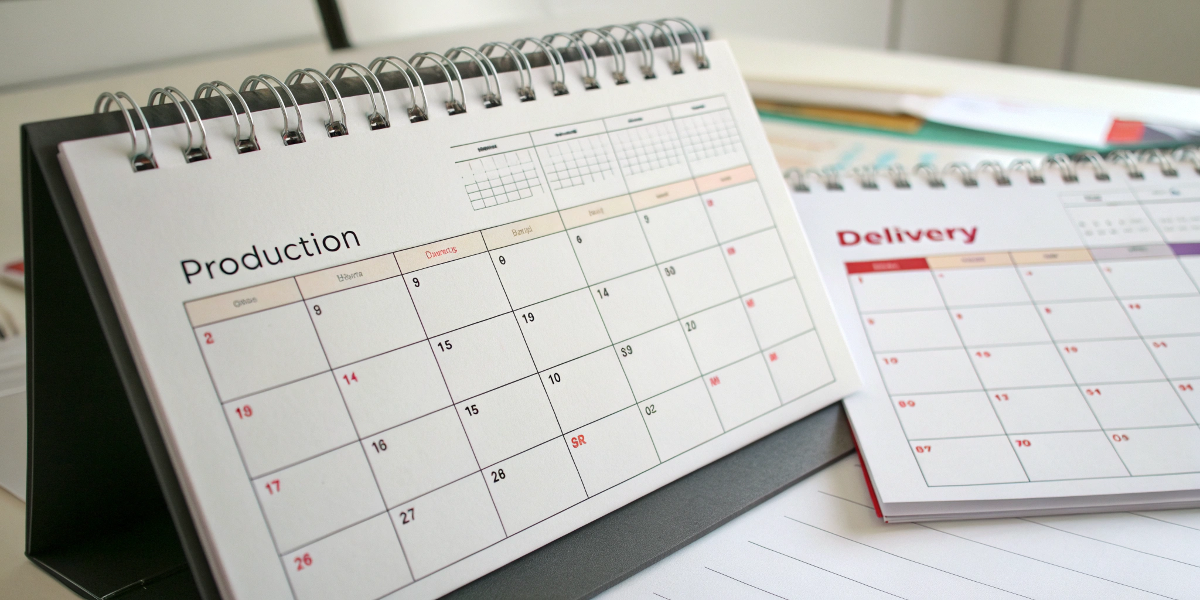
This is the stage where a good manufacturing partner proves their worth. From our factory in Dongguan, right next to the Shenzhen port, we help clients like Phoebe navigate this process smoothly. Everything comes down to planning and communication. We provide a clear production calendar from the very beginning. It outlines each step, from the day we receive the final approved sample to the day the container ships. This transparency helps you plan your marketing and launch activities. No one likes surprises, especially when it comes to costs. We provide a detailed cost sheet that breaks everything down. You'll see the price per bag, the cost for sampling, and any expenses for custom molds or printing plates. Understanding these numbers helps you set the right retail price and protect your profit margin.
Typical Production Timeline
Every project is different, but a general timeline helps with planning.
| Phase | Typical Duration | Key Activities |
|---|---|---|
| 1. Sampling | 2-3 weeks | Creating and shipping protosamples for approval. |
| 2. Mass Production | 4-6 weeks | Sourcing materials, cutting, sewing, branding. |
| 3. Quality Control | During production | Inspecting products to ensure they meet standards. |
| 4. Shipping | 4-5 weeks (sea) | Transporting goods from our factory to your port. |
Understanding Costs
Your final cost is more than just the price per bag.
- Unit Cost: The price for each individual bag. This often decreases with higher order quantities.
- Sampling Fee: A charge for creating the initial samples. We often refund this on a bulk order.
- Tooling/Mold Fees: A one-time cost for things like custom zipper pullers or embossing plates.
- Shipping and Duties: The cost to get the products to your country and clear customs. We can help you estimate this.
Conclusion
Private labeling a makeup bag is a clear, achievable process with the right partner. From your initial idea to final delivery, each step builds toward a successful product launch.

